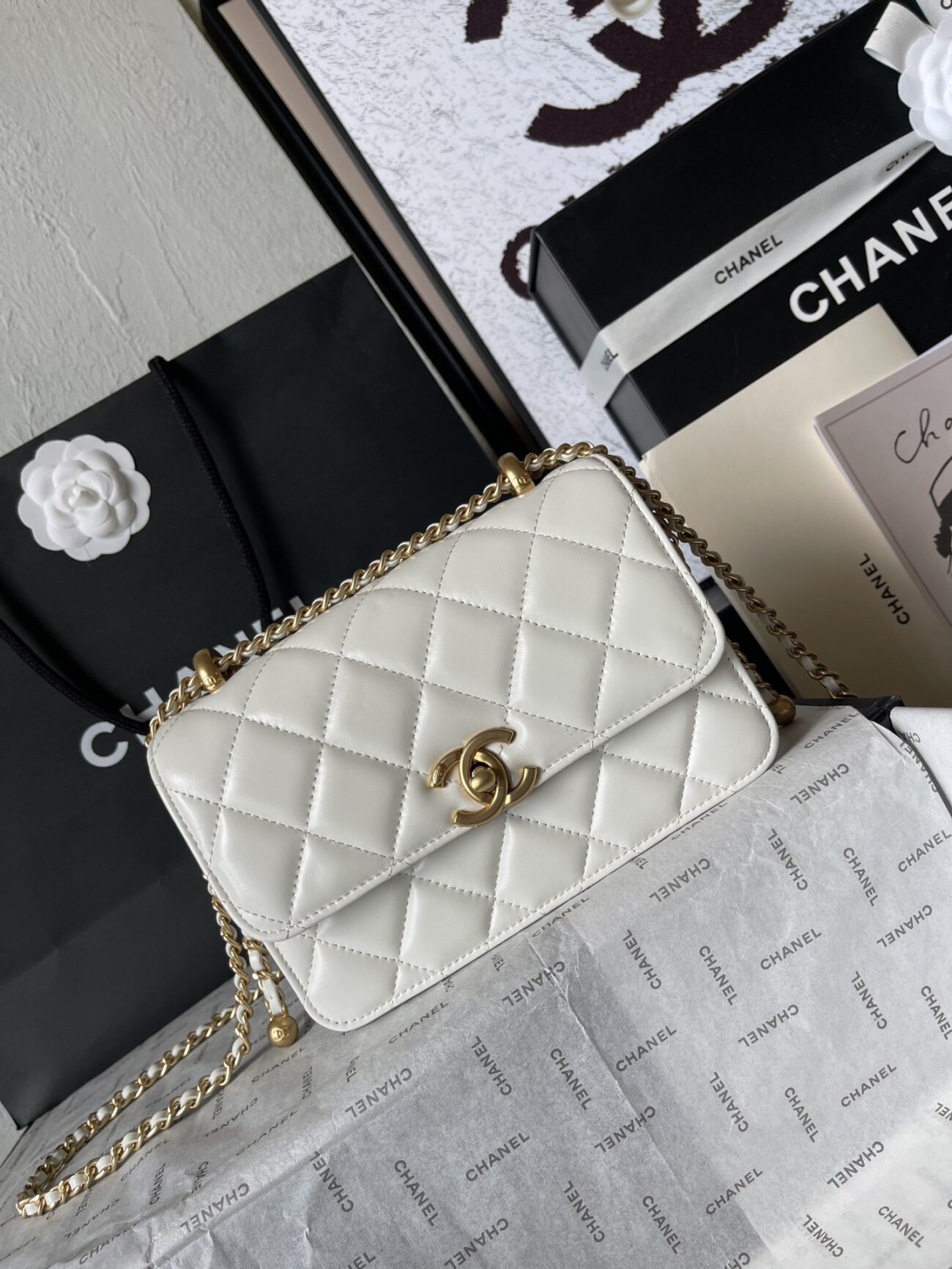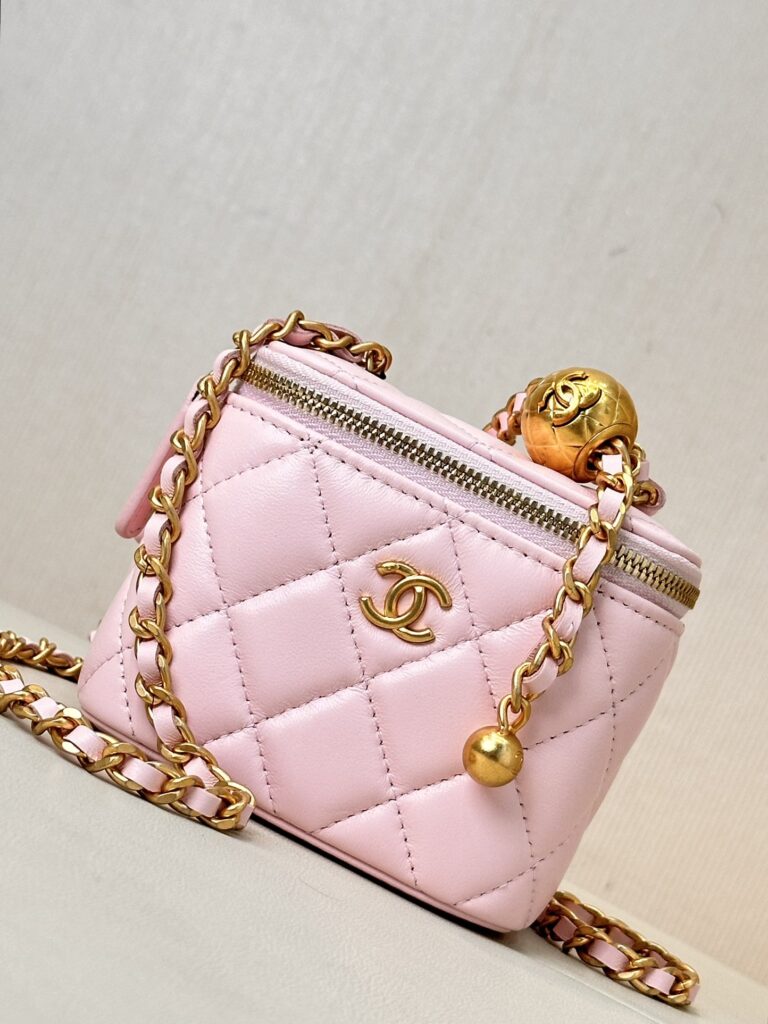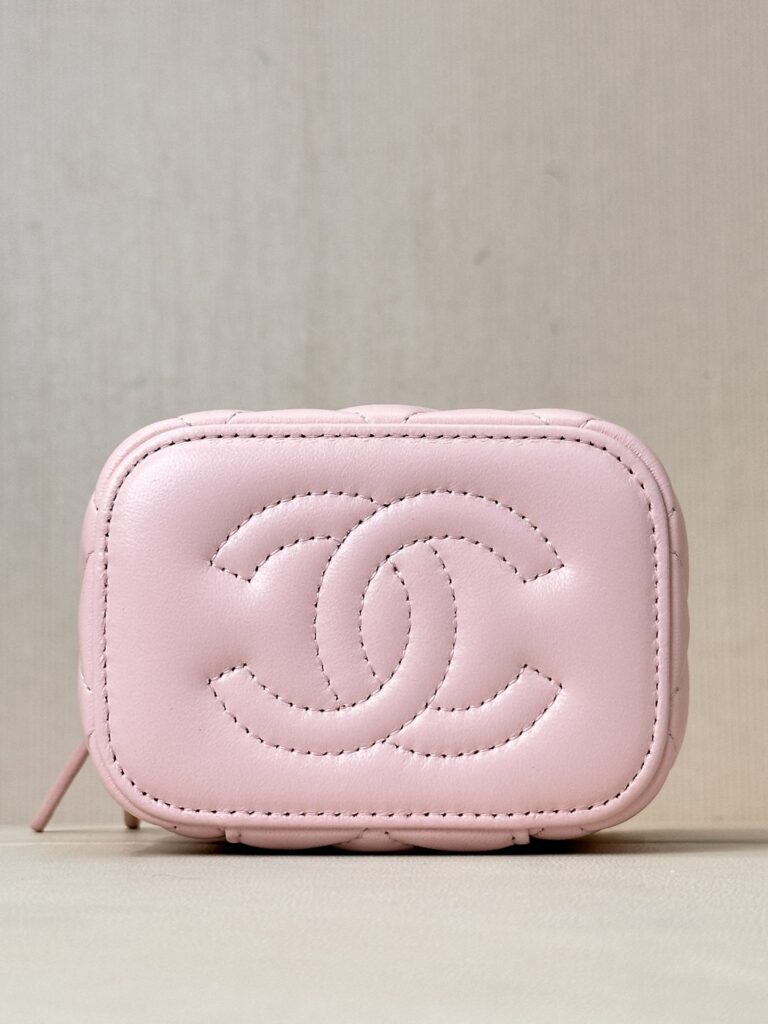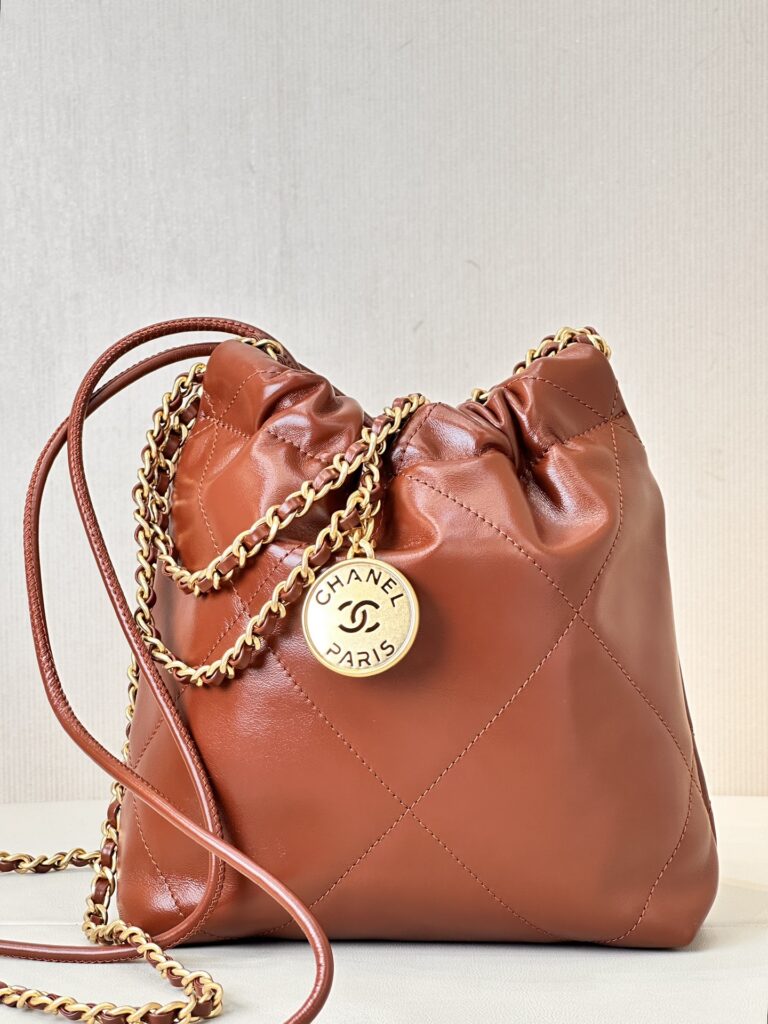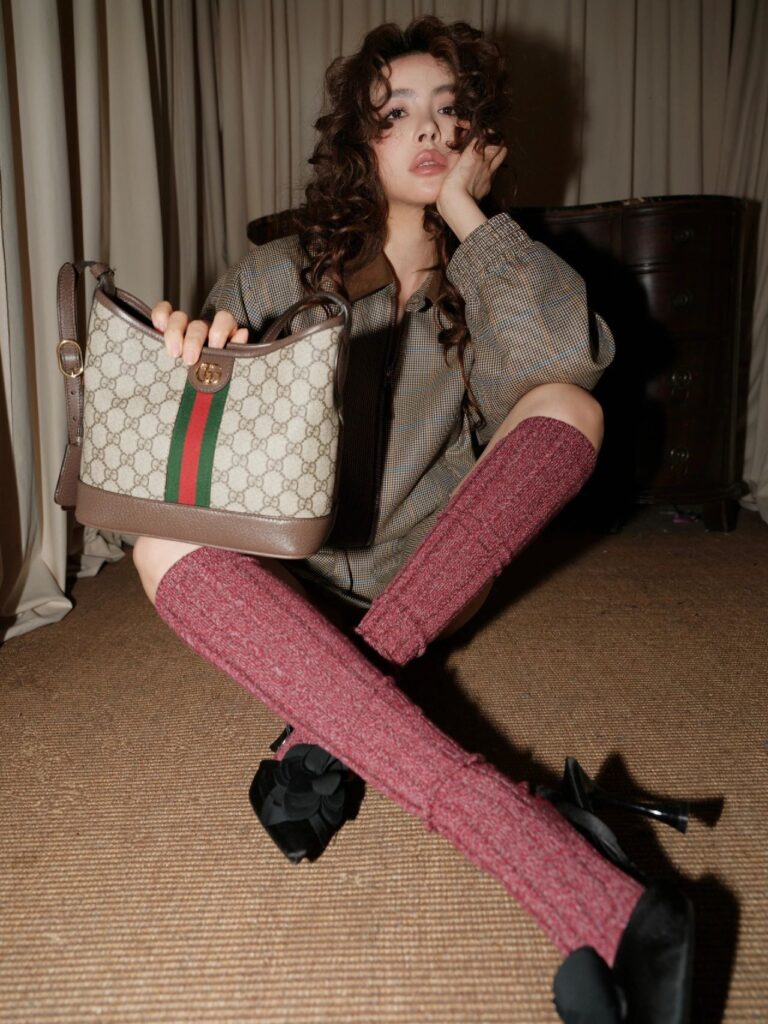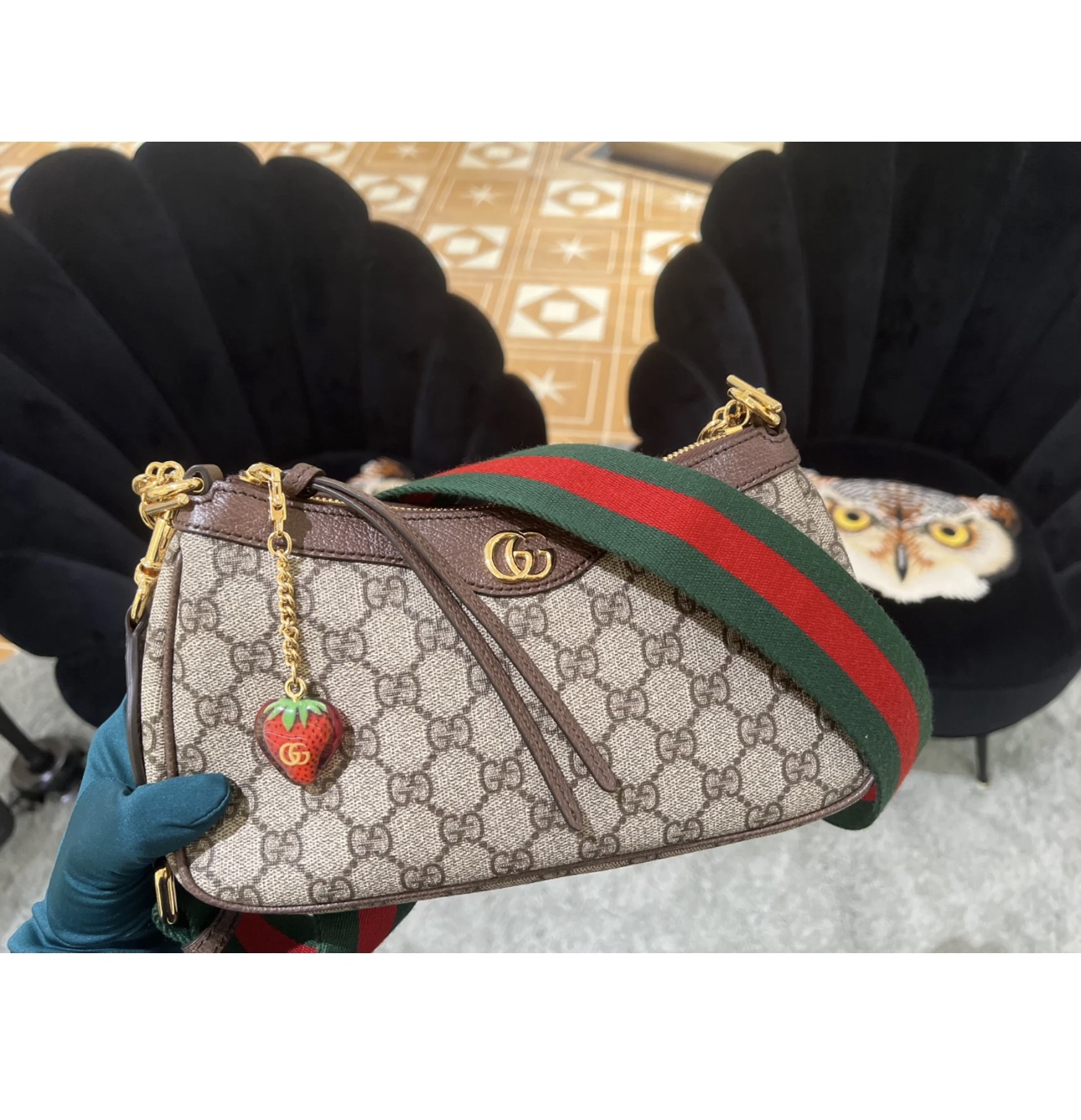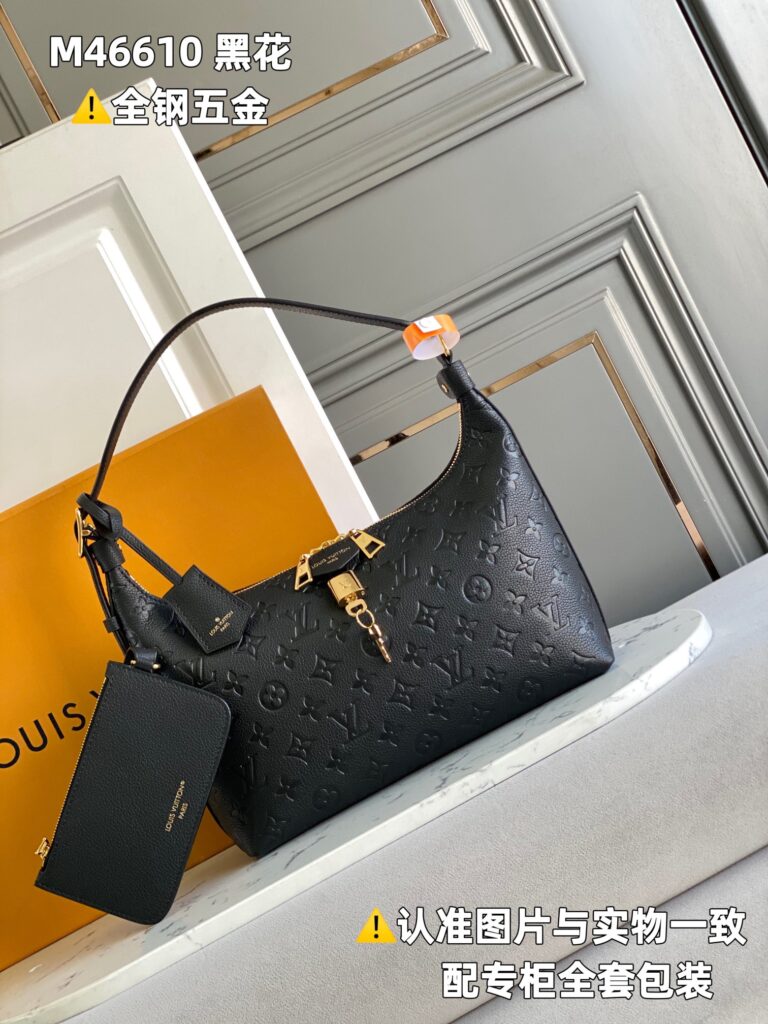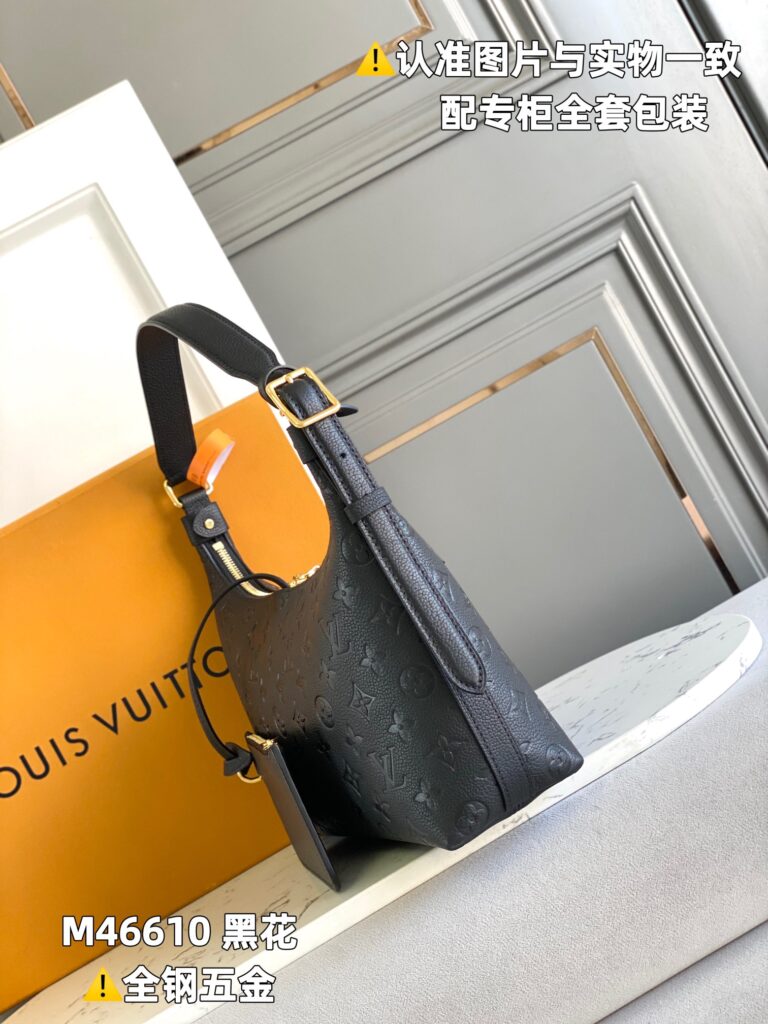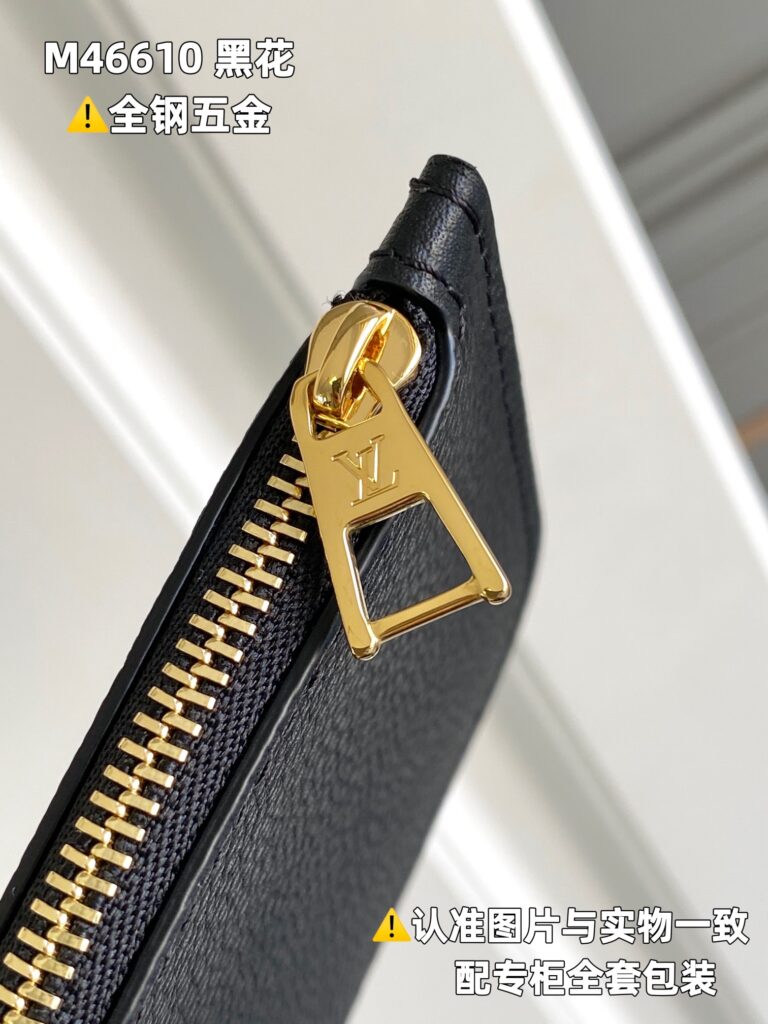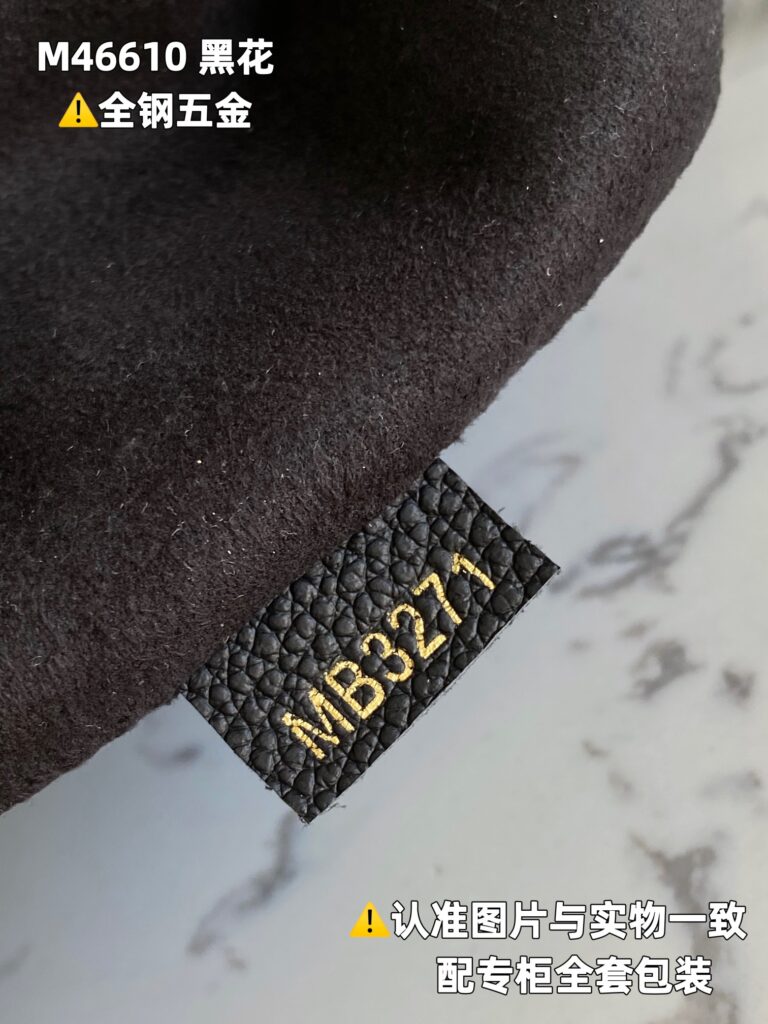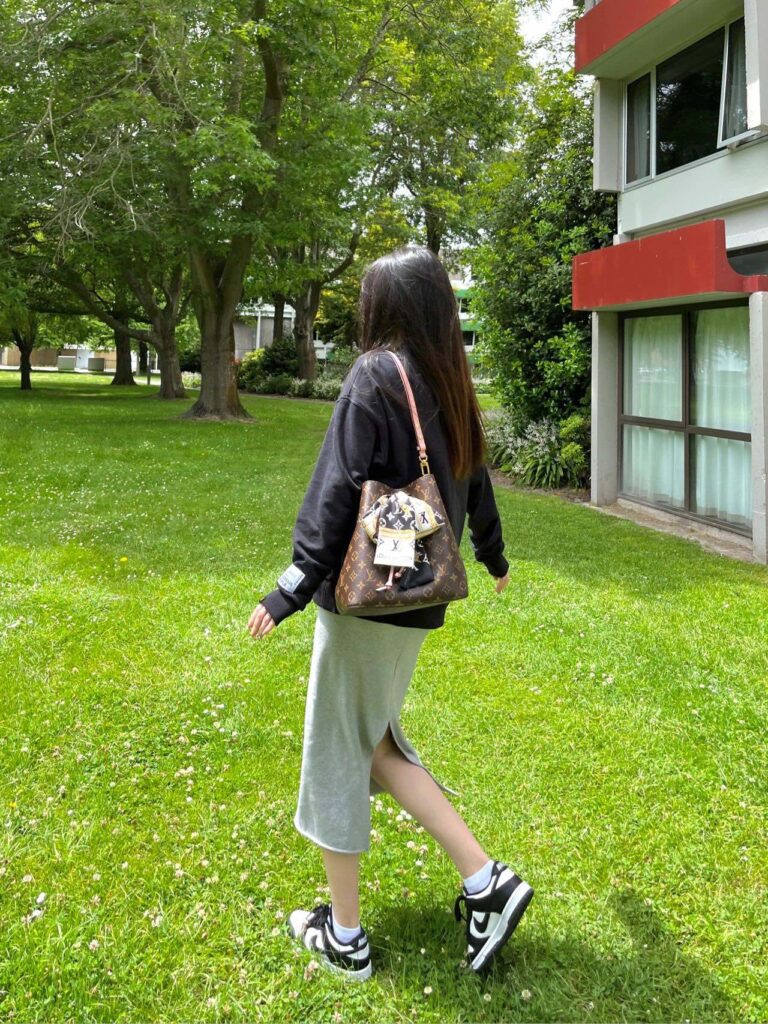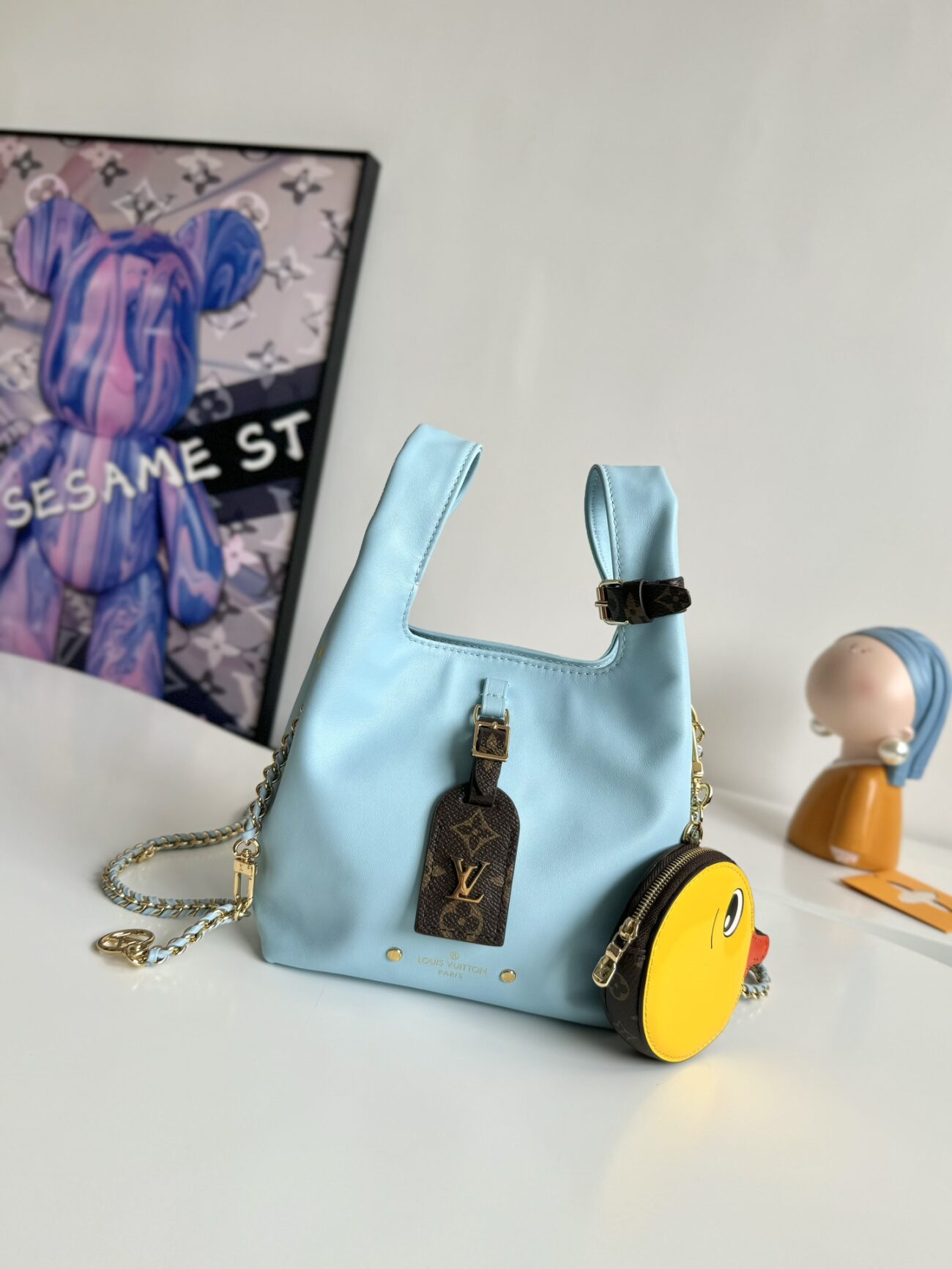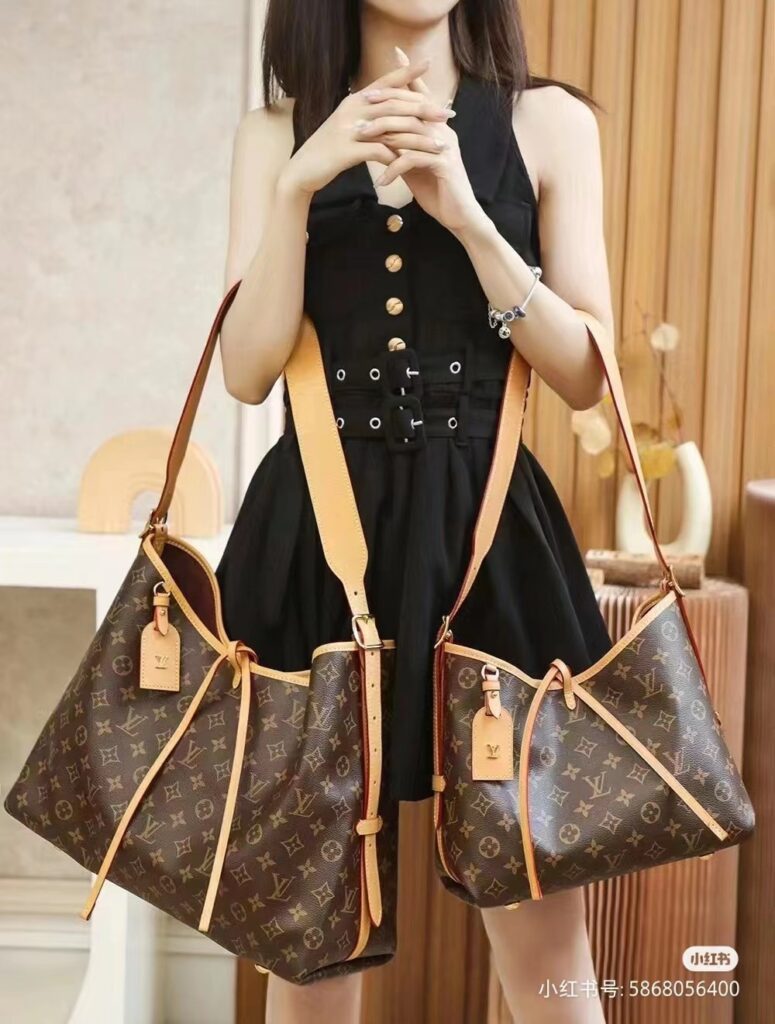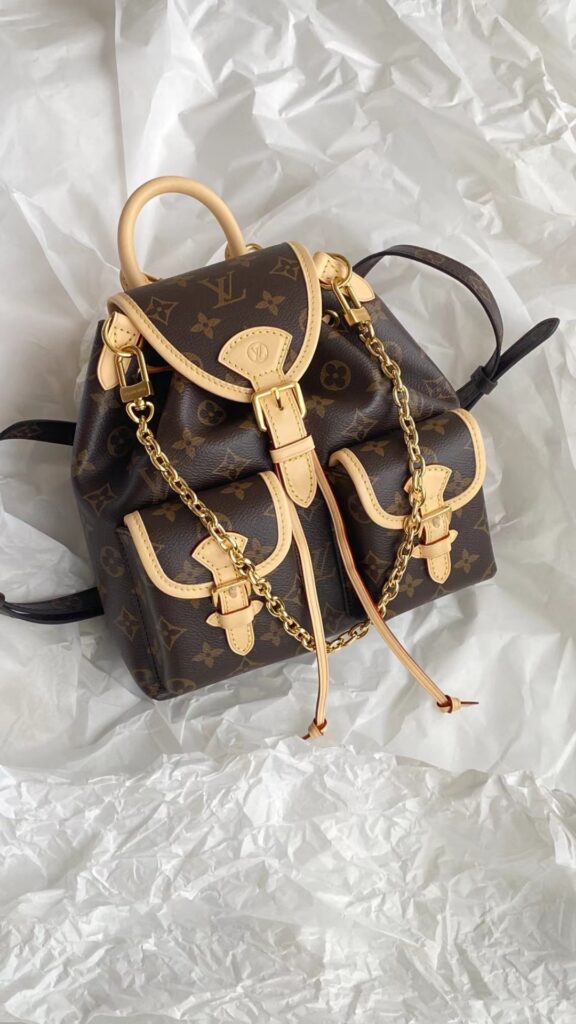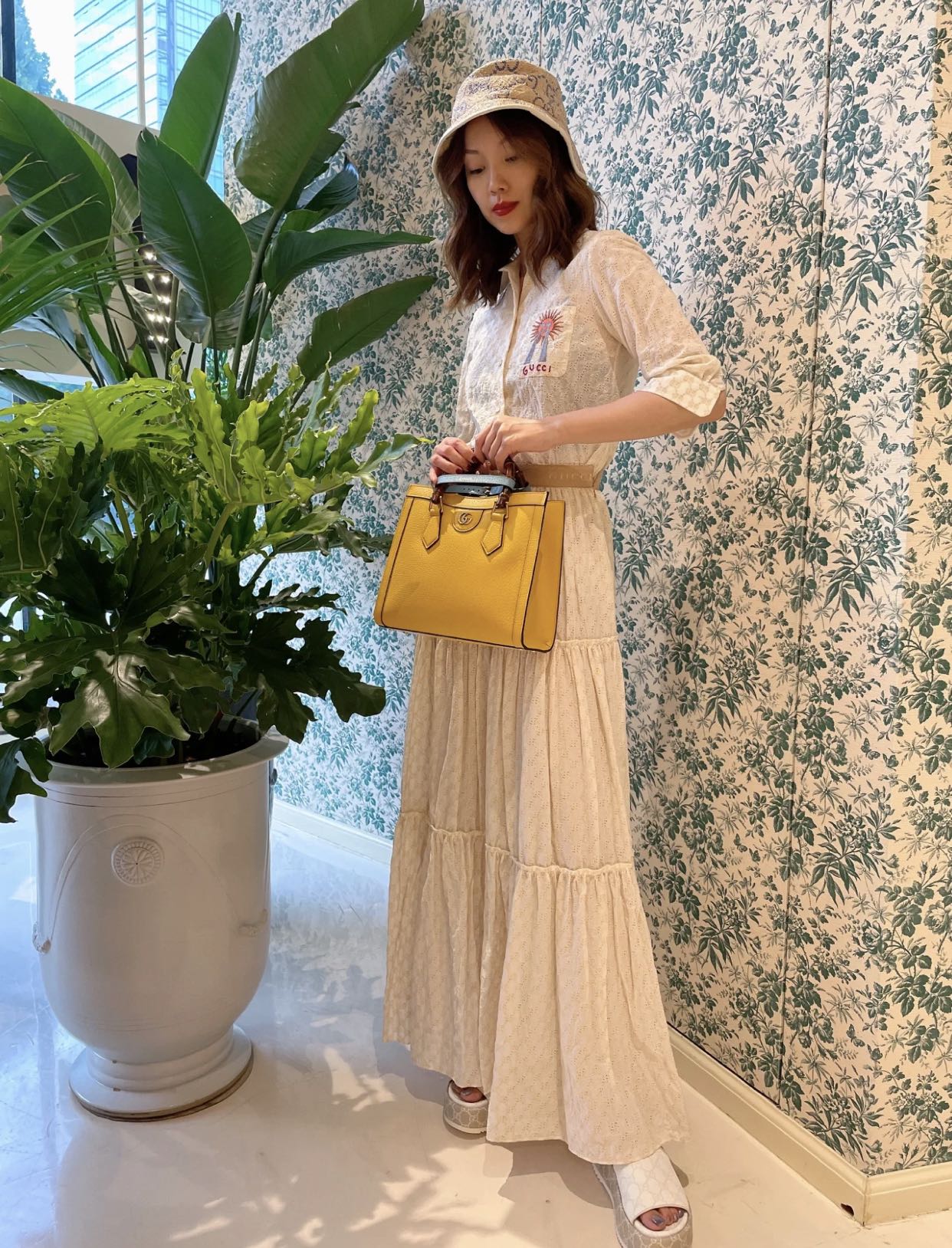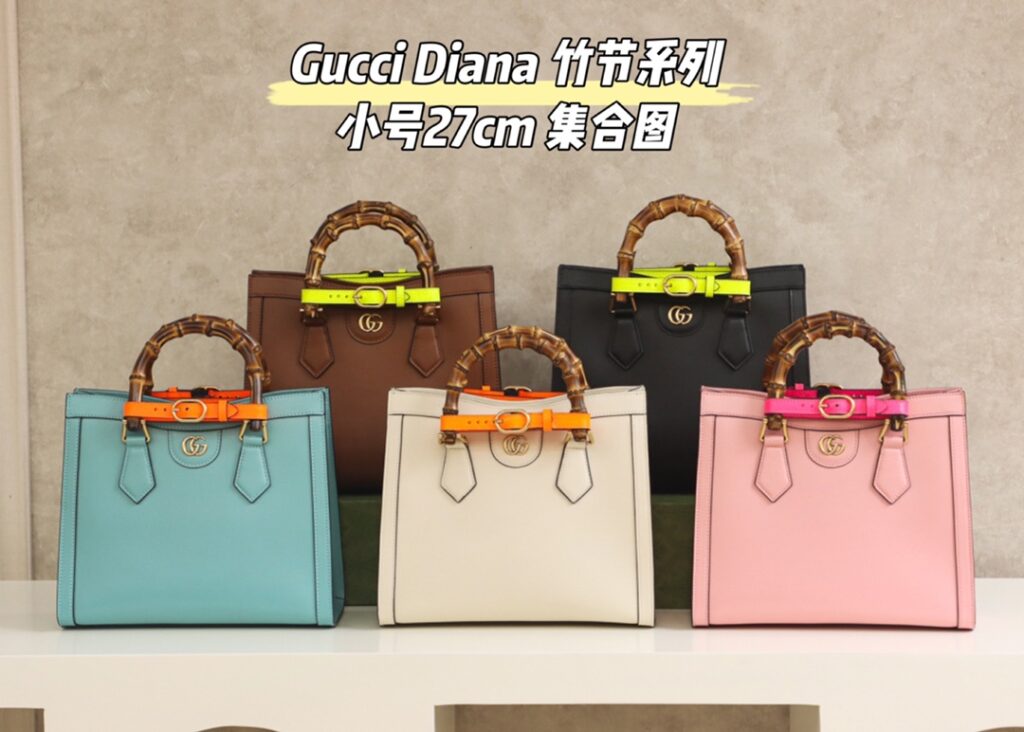Evaluating the Value of Replica Bags and Unveiling the Truth: Must-Know Tips for Authenticity Identification
As living standards improve, luxury items are becoming a fashion benchmark for the masses. Among the plethora of goods, discerning authenticity, especially with replica bags, has become a key concern for consumers. Here, we delve into the behind-the-scenes world of replica bags and share practical methods for identifying genuine products.
Before we dive into today’s topic, let’s play a little game: can you tell which of the following bags are real and which are fake?
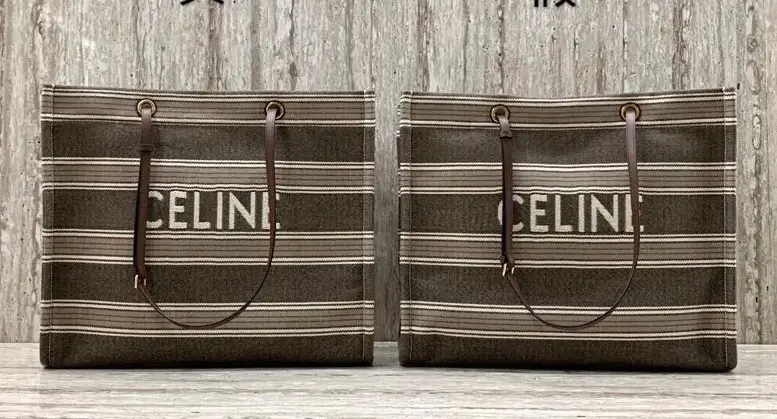

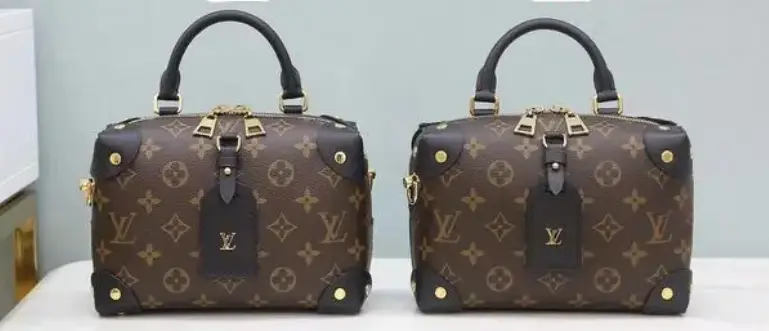
Now, let’s reveal the answers:
Picture 1: Left is real, right is fake.
Picture 2: Left is fake, right is real.
Picture 3:Left is fake, right is real .
Did you get them right?
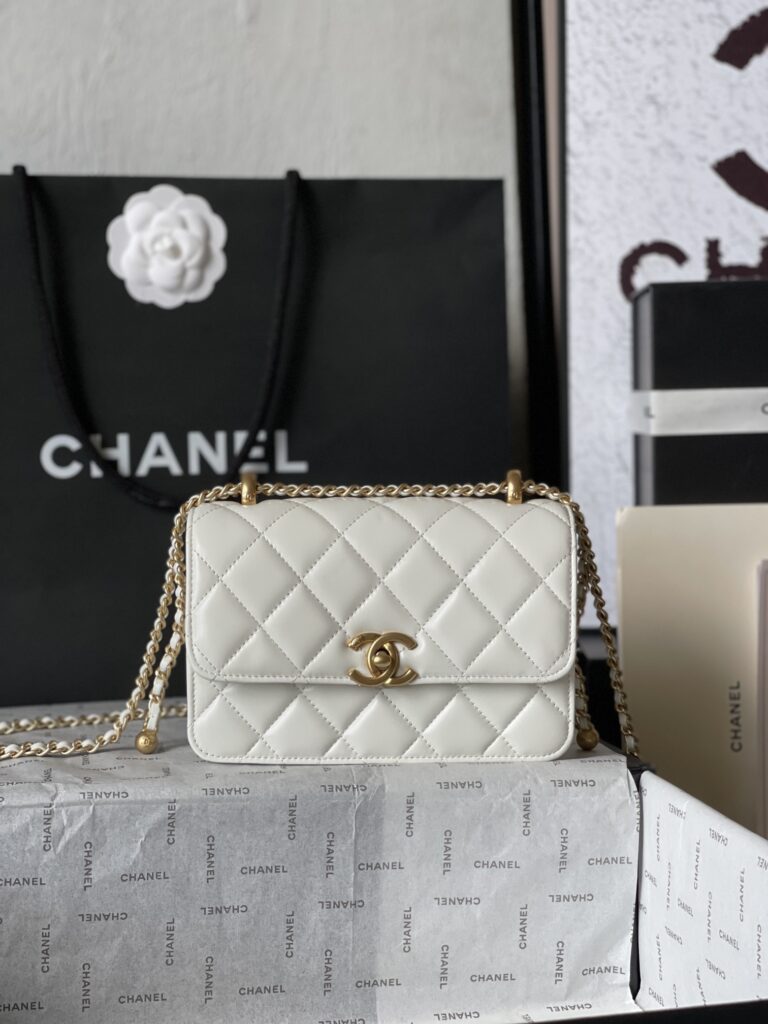
The Ecosystem of the Replica Bag Industry
Behind replica bags lies a complete supply chain: manufacturers, middlemen, and consumers. In this chain, manufacturers usually earn a profit margin of 20-30%, while middlemen can earn profits several times the cost. Replica bags are sold through various channels, including social media platforms like WeChat Moments, Weibo, Little Red Book, Zhihu, as well as some e-commerce platforms and offline vintage stores and small shops. Therefore, the authenticity of bags from unofficial channels is hard to guarantee, and consumers need to be especially cautious.

The Hierarchy of Replica Bags
Just as authentic bags are categorized by brand and price, replica bags also have a unique grading system. Sellers of replica bags use various ornate prefixes to distinguish different levels of replicas, such as “top-tier,” “original single,” “original leather,” and “1:1.”
- Top-tier: These replicas are almost indistinguishable from the originals, even experienced buyers find it hard to tell them apart.
- Original single: This theoretically refers to products made from leftover materials or defective items from authentic production. However, genuine original single items are rare because big brands usually destroy defective products to maintain brand integrity.
- 1:1: These replicas closely mimic the original in appearance and details but typically use locally sourced leather and lining.
- Original leather: This refers to replicas using the same materials as the original products, though there might be discrepancies in craftsmanship and details.
Practical Tips for Identifying Authentic Bags
In the complex and ever-changing replica bag market, how can consumers accurately judge authenticity before purchasing? Here are some practical tips:
- Observe the Details: Authentic products tend to have finer details, such as stitching, seams, and hardware. While high-quality replicas might look similar, they often fall short in these finer aspects.
- Smell the Bag: Genuine bags usually emit a distinct leather or fabric scent, while replicas might have a strong chemical odor due to inferior materials.
- Compare Prices: If a bag’s price is significantly lower than the retail or market price, it is likely a replica. Consumers should remain rational and avoid being lured by unusually low prices.
- Choose Reputable Channels: When purchasing luxury items, opt for official brand websites, stores, or reputable e-commerce platforms. These channels typically enforce strict quality control and authenticity verification.
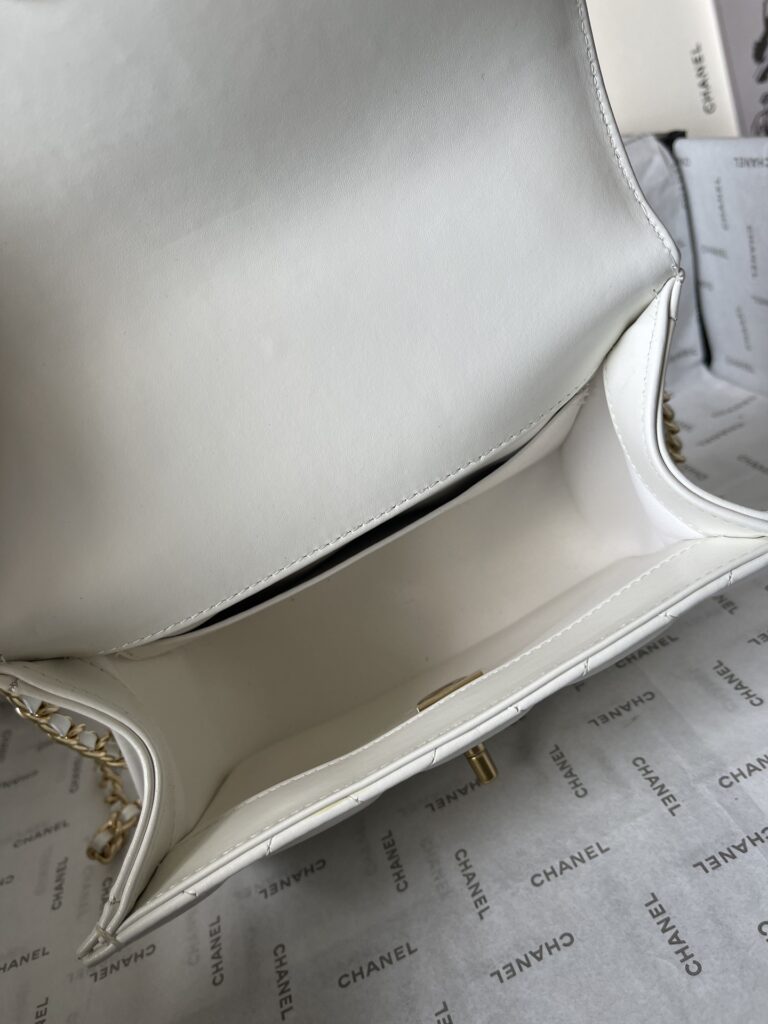
Conclusion
Buying replica bags requires careful consideration. By understanding the replica bag industry’s ecosystem and grading system and mastering some authenticity identification skills, consumers can better protect their interests and avoid economic losses and damage to their image.
Remember, while replicas can offer a more affordable way to enjoy luxury fashion, they come with risks. Making informed decisions and purchasing through trustworthy sources can help ensure a satisfactory experience while respecting intellectual property rights.

